Changes in British sovereignty
A list of former British colonies, dependencies and dates when they severed legal ties with Britain:
Losses in sovereignty or other jurisdiction
- The Thirteen Colonies declared independence from Great Britain on 4 July 1776.
.svg.png.webp) Egypt (1922) – see Unilateral Declaration of Egyptian Independence.
Egypt (1922) – see Unilateral Declaration of Egyptian Independence..svg.png.webp) Australia,
Australia, .svg.png.webp) Canada, the
Canada, the  Irish Free State,
Irish Free State,  New Zealand,
New Zealand,  Dominion of Newfoundland, and
Dominion of Newfoundland, and .svg.png.webp) Union of South Africa (1926) – Dominions at the time of the Balfour Declaration of 1926.
Union of South Africa (1926) – Dominions at the time of the Balfour Declaration of 1926.- Weihai (1930) – fully restored to
 Republic of China sovereignty on 1 October.
Republic of China sovereignty on 1 October. .svg.png.webp) Australia,
Australia, .svg.png.webp) Canada, the
Canada, the  Irish Free State,
Irish Free State,  New Zealand,
New Zealand,  Dominion of Newfoundland, and
Dominion of Newfoundland, and .svg.png.webp) Union of South Africa (1931) – Recognized Dominions as "autonomous communities within the British Empire" as per the Statute of Westminster.[1][2] The Statue also affirmed the British Parliament wouldn't legislate for the Dominions unless explicitly requested.
Union of South Africa (1931) – Recognized Dominions as "autonomous communities within the British Empire" as per the Statute of Westminster.[1][2] The Statue also affirmed the British Parliament wouldn't legislate for the Dominions unless explicitly requested. British Raj (1947) – partitioned on 15 August into the independent dominions of
British Raj (1947) – partitioned on 15 August into the independent dominions of  India and
India and  Pakistan.
Pakistan..svg.png.webp) Burma and
Burma and .svg.png.webp) Dominion of Ceylon (1948) – independence to Burma as a republic granted on 4 January; to Ceylon on 4 February.
Dominion of Ceylon (1948) – independence to Burma as a republic granted on 4 January; to Ceylon on 4 February. Dominion of Newfoundland (1949) – incorporated into Canada as a province on 31 March.
Dominion of Newfoundland (1949) – incorporated into Canada as a province on 31 March..svg.png.webp) Sudan (1956) – independence granted on 1 January (was a condominium with
Sudan (1956) – independence granted on 1 January (was a condominium with .svg.png.webp) Egypt)
Egypt)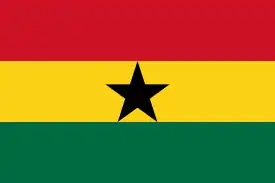 Ghana (as
Ghana (as .svg.png.webp) Gold Coast) (1957) – independence granted on 6 March.
Gold Coast) (1957) – independence granted on 6 March.- States of
 Malacca and
Malacca and .svg.png.webp) Penang (1957) – joined
Penang (1957) – joined 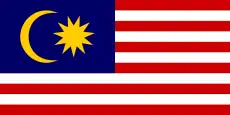 Malaya on 31 August.
Malaya on 31 August. .svg.png.webp) British Somaliland (1960) – became part of a unified
British Somaliland (1960) – became part of a unified 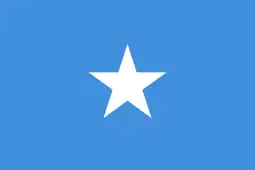 Somalia on 1 July.
Somalia on 1 July..svg.png.webp) Cyprus and the
Cyprus and the 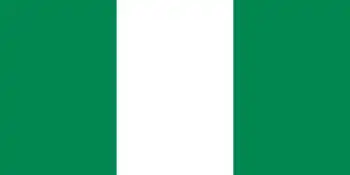 Federation of Nigeria (1960) – independence granted to Cyprus as a republic on 16 August (but retaining the Sovereign Base Areas of Akrotiri and Dhekelia); to Nigeria on 1 October.
Federation of Nigeria (1960) – independence granted to Cyprus as a republic on 16 August (but retaining the Sovereign Base Areas of Akrotiri and Dhekelia); to Nigeria on 1 October. Sierra Leone and
Sierra Leone and .svg.png.webp) Tanganyika (1961) – independence granted to Sierra Leone on 27 April; to Tanganyika on 9 December.
Tanganyika (1961) – independence granted to Sierra Leone on 27 April; to Tanganyika on 9 December. British Cameroon (1961) – southern part incorporated into
British Cameroon (1961) – southern part incorporated into .svg.png.webp) Cameroon on 1 October and northern part incorporated into
Cameroon on 1 October and northern part incorporated into  Nigeria on 31 may.
Nigeria on 31 may. Jamaica,
Jamaica, 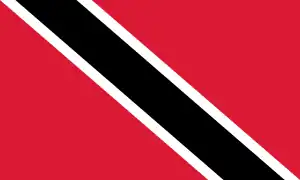 Trinidad and Tobago and
Trinidad and Tobago and 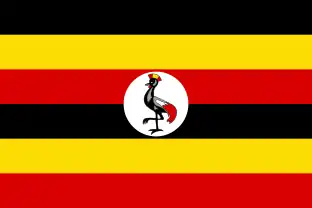 Uganda (1962) – independence granted to Jamaica on 6 August; to Trinidad and Tobago on 31 August; and to Uganda on 9 October.
Uganda (1962) – independence granted to Jamaica on 6 August; to Trinidad and Tobago on 31 August; and to Uganda on 9 October.- States of
 Sabah (as
Sabah (as .svg.png.webp) North Borneo),
North Borneo),  Sarawak, and
Sarawak, and  Singapore (1963) – states formed
Singapore (1963) – states formed  Malaysia with the Federation of Malaya on 16 September
Malaysia with the Federation of Malaya on 16 September  Nigeria and
Nigeria and 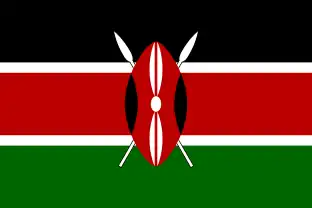 Kenya independence granted to Nigeria as federal republic on 1 October; Kenya on 12 December.
Kenya independence granted to Nigeria as federal republic on 1 October; Kenya on 12 December.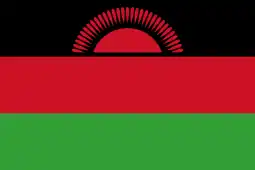 Malawi (as
Malawi (as .svg.png.webp) Nyasaland), Malta, and Zambia (1964) – independence granted to Malawi on 6 July; Malta on 21 September; Zambia as a republic on 24 October.
Nyasaland), Malta, and Zambia (1964) – independence granted to Malawi on 6 July; Malta on 21 September; Zambia as a republic on 24 October.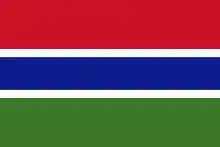 The Gambia (1965) – independence granted on 18 February.
The Gambia (1965) – independence granted on 18 February.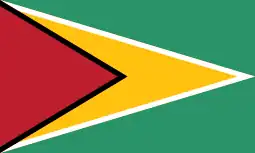 Guyana (as
Guyana (as .svg.png.webp) British Guiana),
British Guiana),  Botswana (as
Botswana (as  Bechuanaland Protectorate),
Bechuanaland Protectorate), .svg.png.webp) Lesotho (as Basutoland), and
Lesotho (as Basutoland), and 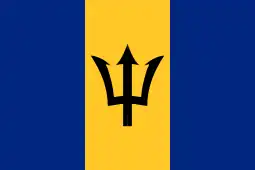 Barbados (1966) – independence granted to Guyana on 26 May; Botswana on 30 September; Lesotho on 4 October; Barbados on 30 November.
Barbados (1966) – independence granted to Guyana on 26 May; Botswana on 30 September; Lesotho on 4 October; Barbados on 30 November.- State of
.svg.png.webp) Aden (1967) – joined
Aden (1967) – joined  South Yemen on 30 November.
South Yemen on 30 November. 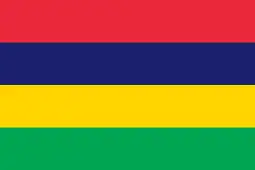 Mauritius and
Mauritius and 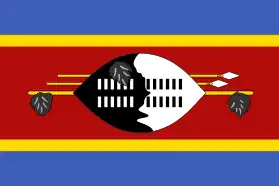 Swaziland (1968) – independence granted to Mauritius on 12 March; to Swaziland on 6 September.
Swaziland (1968) – independence granted to Mauritius on 12 March; to Swaziland on 6 September.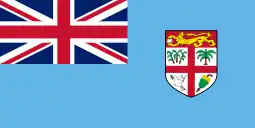 Fiji (1970) – independence granted on 10 October.
Fiji (1970) – independence granted on 10 October.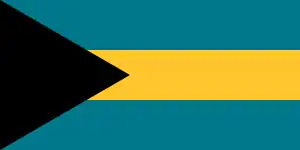 The Bahamas (1973) – independence granted on 10 July.
The Bahamas (1973) – independence granted on 10 July..svg.png.webp) Seychelles,
Seychelles, 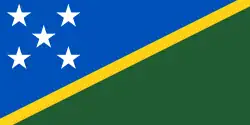 Solomon Islands,
Solomon Islands, .svg.png.webp) Tuvalu, and
Tuvalu, and .svg.png.webp) Dominica (1978) – independence granted to Seychelles on 29 June; to Solomon Islands on 7 July; to Tuvalu on 1 October; to Dominica as a republic on 3 November.
Dominica (1978) – independence granted to Seychelles on 29 June; to Solomon Islands on 7 July; to Tuvalu on 1 October; to Dominica as a republic on 3 November..svg.png.webp) Saint Lucia,
Saint Lucia, 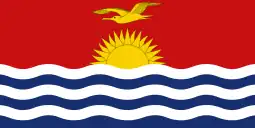 Kiribati, and
Kiribati, and .svg.png.webp) Saint Vincent and the Grenadines (1979) – independence granted to Saint Lucia on 22 February; to Kiribati on 12 July; to Saint Vincent and the Grenadines on 27 October.
Saint Vincent and the Grenadines (1979) – independence granted to Saint Lucia on 22 February; to Kiribati on 12 July; to Saint Vincent and the Grenadines on 27 October.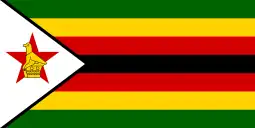 Zimbabwe (as
Zimbabwe (as .svg.png.webp) Southern Rhodesia) and
Southern Rhodesia) and  Vanuatu (as
Vanuatu (as  New Hebrides) (1980) – independence to Zimbabwe as a republic granted on 17 April; to Vanuatu on 1 July.
New Hebrides) (1980) – independence to Zimbabwe as a republic granted on 17 April; to Vanuatu on 1 July.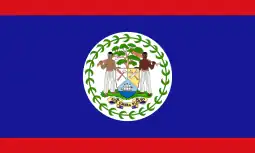 Belize (as
Belize (as .svg.png.webp) British Honduras) and
British Honduras) and 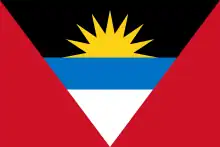 Antigua and Barbuda (1981) – independence granted to Belize on 21 September; to Antigua and Barbuda on 1 November.
Antigua and Barbuda (1981) – independence granted to Belize on 21 September; to Antigua and Barbuda on 1 November..svg.png.webp) Canada (1982) – enactment of the Canada Act, 1982, ends the last remaining reliances of the Canadian Crown on the British Parliament for constitutional amendments.
Canada (1982) – enactment of the Canada Act, 1982, ends the last remaining reliances of the Canadian Crown on the British Parliament for constitutional amendments. Saint Kitts and Nevis (1983) – independence granted on 19 September. Anguilla remains a British overseas territory.
Saint Kitts and Nevis (1983) – independence granted on 19 September. Anguilla remains a British overseas territory.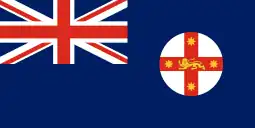 New South Wales,
New South Wales, 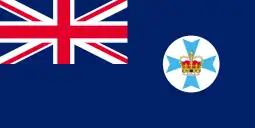 Queensland,
Queensland,  South Australia,
South Australia, .svg.png.webp) Victoria,
Victoria, 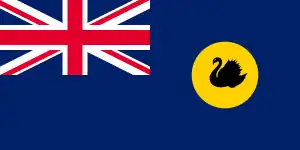 Western Australia, and
Western Australia, and 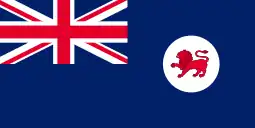 Tasmania (1986) - enactment of the Australia Act 1986 brought the Australian states into conformity with the status of the Commonwealth of Australia as a sovereign nation.
Tasmania (1986) - enactment of the Australia Act 1986 brought the Australian states into conformity with the status of the Commonwealth of Australia as a sovereign nation.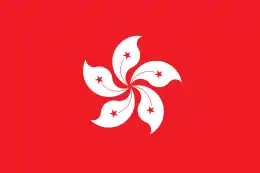 Hong Kong (1997) – returned to the People's Republic of China as a Special Administrative Region on 1 July as per the Sino-British Joint Declaration.
Hong Kong (1997) – returned to the People's Republic of China as a Special Administrative Region on 1 July as per the Sino-British Joint Declaration.
Termination of personal union or other connection with the United Kingdom's monarchy
 Ireland (1949) – dominion status ended by unilateral legislative act on 18 April and left the Commonwealth.
Ireland (1949) – dominion status ended by unilateral legislative act on 18 April and left the Commonwealth. India (1950) – dominion status ended by constitutional amendment on 26 January.
India (1950) – dominion status ended by constitutional amendment on 26 January. Pakistan (1956) – dominion status ended with new constitution on 23 March.
Pakistan (1956) – dominion status ended with new constitution on 23 March. Ghana (1960) – Commonwealth realm status ended by referendum on 1 July.
Ghana (1960) – Commonwealth realm status ended by referendum on 1 July..svg.png.webp) South Africa (1961) – dominion status ended by referendum on 31 May and left the Commonwealth.
South Africa (1961) – dominion status ended by referendum on 31 May and left the Commonwealth..svg.png.webp) Tanganyika (1962) – Commonwealth realm status ended on 9 December.
Tanganyika (1962) – Commonwealth realm status ended on 9 December. Uganda (1963) – Commonwealth realm status ended by Constitution of Uganda constitutional amendment on 9 October.
Uganda (1963) – Commonwealth realm status ended by Constitution of Uganda constitutional amendment on 9 October. Kenya (1964) – Commonwealth realm status ended with new constitution on 12 December.
Kenya (1964) – Commonwealth realm status ended with new constitution on 12 December. Nigeria and the
Nigeria and the  Malawi (1966) – Commonwealth realm status ended by Nigeria via constitutional amendment on 24 May; Malawi via new constitution on 6 July.
Malawi (1966) – Commonwealth realm status ended by Nigeria via constitutional amendment on 24 May; Malawi via new constitution on 6 July. Guyana and
Guyana and  The Gambia (1970) – Commonwealth realm statuses ended by Guyana via constitutional amendment effective 17 March; The Gambia via referendum on 14 April.
The Gambia (1970) – Commonwealth realm statuses ended by Guyana via constitutional amendment effective 17 March; The Gambia via referendum on 14 April. Sierra Leone (1971) – Commonwealth realm status ended on 19 April.
Sierra Leone (1971) – Commonwealth realm status ended on 19 April..svg.png.webp) Ceylon (1972) – dominion status ended on 22 May; renamed Sri Lanka.
Ceylon (1972) – dominion status ended on 22 May; renamed Sri Lanka.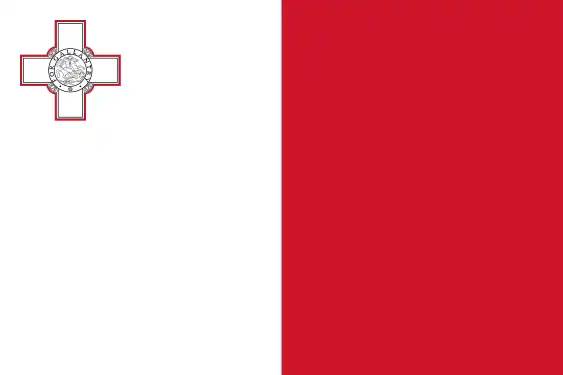 Malta (1974) – Commonwealth realm status ended on 13 December.
Malta (1974) – Commonwealth realm status ended on 13 December. Trinidad and Tobago (1976) – Commonwealth realm status ended on 1 March.
Trinidad and Tobago (1976) – Commonwealth realm status ended on 1 March. Mauritius (1992) – Commonwealth realm status ended on 12 March.
Mauritius (1992) – Commonwealth realm status ended on 12 March. Barbados (2021) – Commonwealth realm status ended by constitutional amendment on 30 November.
Barbados (2021) – Commonwealth realm status ended by constitutional amendment on 30 November.
Other changes
 New Zealand (1986) – severed legal ties (see: Constitution Act 1986) with Britain, but (see: Monarchy of New Zealand) retained Elizabeth II as head of state.
New Zealand (1986) – severed legal ties (see: Constitution Act 1986) with Britain, but (see: Monarchy of New Zealand) retained Elizabeth II as head of state. Fiji (1987) – post-coup end of dominion status accepted on 15 October. Elizabeth II remained traditional (though unofficial) Paramount Chief until 2012, when the informal links with the British monarchy have been terminated.
Fiji (1987) – post-coup end of dominion status accepted on 15 October. Elizabeth II remained traditional (though unofficial) Paramount Chief until 2012, when the informal links with the British monarchy have been terminated. New Zealand (2003) – court of final appeal transferred from the Judicial Committee of the Privy Council to the Supreme Court of New Zealand, which was created in 2004.
New Zealand (2003) – court of final appeal transferred from the Judicial Committee of the Privy Council to the Supreme Court of New Zealand, which was created in 2004.
References
- "Statute of Westminster | United Kingdom [1931] | Britannica". www.britannica.com. Retrieved 4 April 2022.
- "Statute of Westminster, 1931" (PDF). legislation.gov.uk. Retrieved 6 September 2023.
This article is issued from Wikipedia. The text is licensed under Creative Commons - Attribution - Sharealike. Additional terms may apply for the media files.